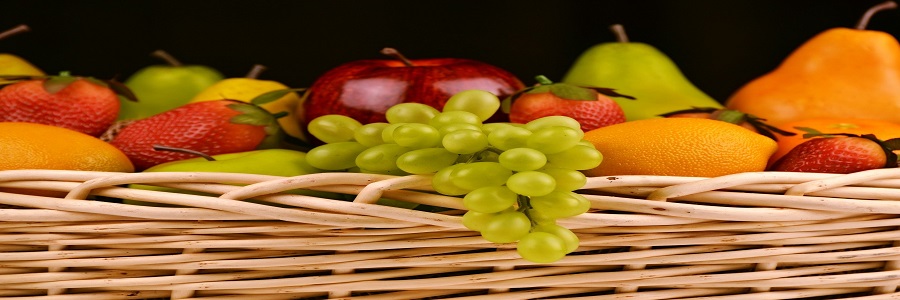Monthly Report - May

I have been doing Monthly Report since June 2018 non-stop. It has become a ritual for me now. It gives me an opportunity to look upon my activities. Since the beginning of the year 2020, I have made conscious decision to slow down as far as submitting Pull Request. I have also stopped playing CPAN game of daily upload after breaking the chain three times. I am happy that Perlancar is keeping the game alive. It has given me space to try something new. Although COVID-19 keeping us indoor all the time, still looking for interesting project to keep the mind busy.




